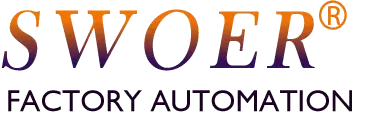In fact, the vast majority of metal products are ideal candidates for vibratory bowl feeding. The technology was originally developed and perfected for handling metal components.
Metal products typically possess all the ideal characteristics for a vibratory bowl: sturdiness, wear resistance, appropriate weight, and no static electricity.
- Standard Fasteners (The Most Classic Application)
This is the largest and most traditional field for vibratory bowls.
- Examples: Screws, nuts, bolts, washers, rivets, pins, retaining rings.
- Reason: Regular shapes make them easy to orient; made from metals like steel or brass, they are sturdy and suitable for high-speed vibratory feeding.
- Electronic Components & Connectors
Extremely widespread in PCB assembly and the electronics industry.
- Examples: Resistor, capacitor, inductor leads, transistors, LED lead frames, shielding cans, contacts, terminals.
- Reason: Parts are small and required in large volumes. Bowls enable high-speed, precise feeding. They can be adapted for ESD (Electrostatic Discharge) protection.
- Small Hardware & Mechanical Parts
Any metal part requiring automated assembly is a potential application.
- Examples: Bearing balls, small gears, stamped parts (e.g., spring clips), turned parts, bushings, small cutting tools.
- Reason: The metal construction can withstand impacts during the vibration process without being damaged.
- Automotive & Aerospace Components
Used in high-precision automated assembly lines.
- Examples: Piston pins, valves, small sensor housings, precision shims, fuel injector nozzles.
- Reason: These applications demand high feeding stability and accuracy, which vibratory bowls can reliably provide.
- Consumer Goods & Jewelry Parts
- Examples: Buttons, zipper sliders, pen tips, watch gears, ring settings, earring backs.
- Reason: They meet the demands of mass production. Even precious metals or alloys are hard enough to withstand vibratory feeding.
